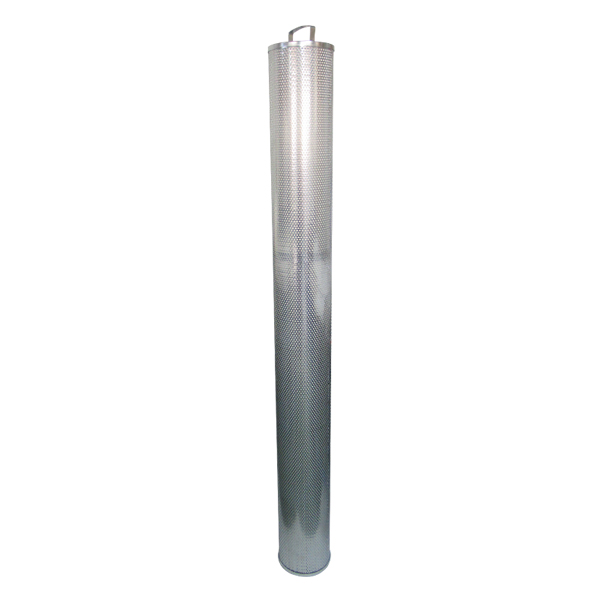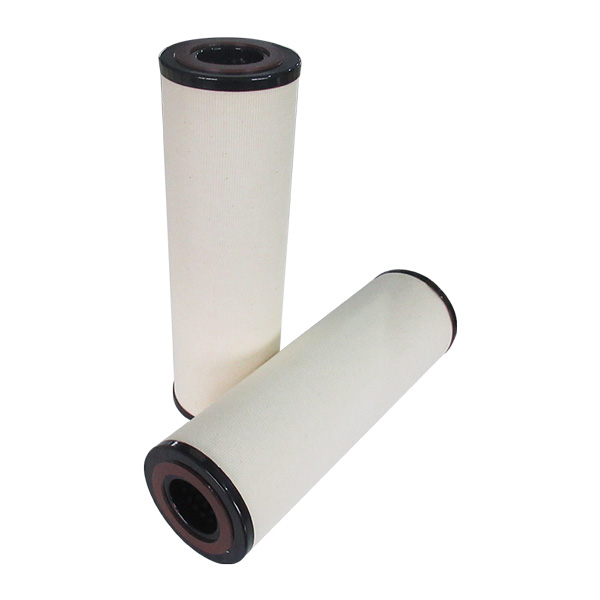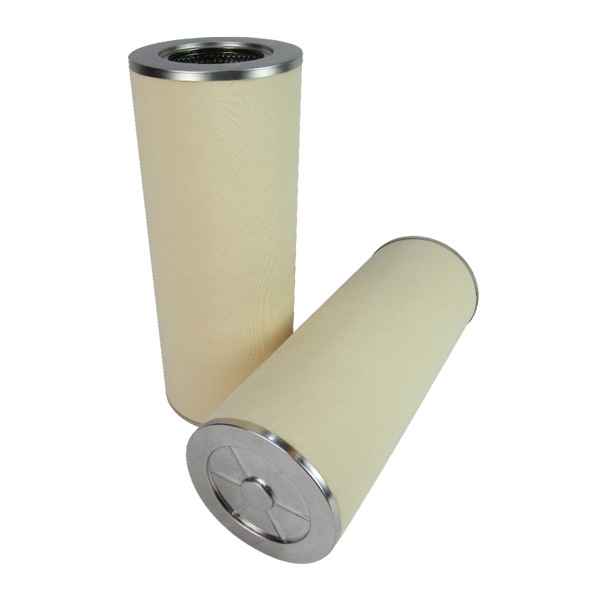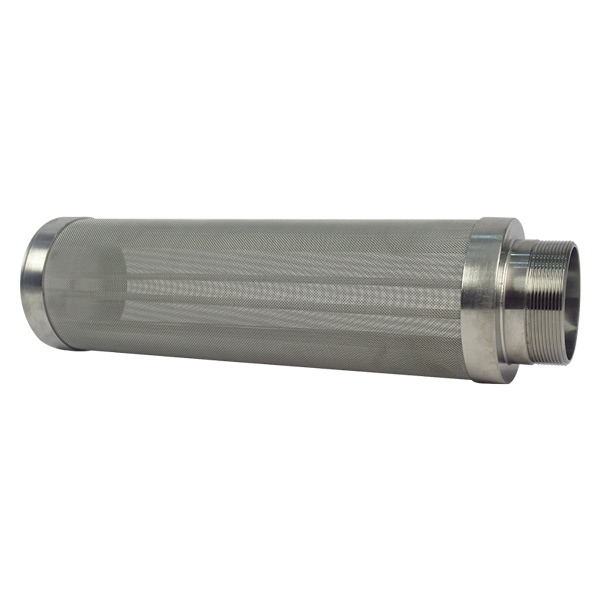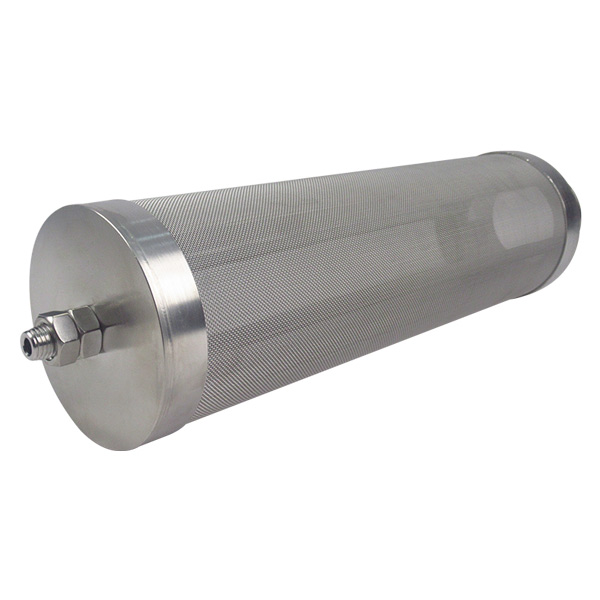Stainless Steel Oil Filter Element 120x475
Product SpecificationsHuahang
End caps |
Removable end cap |
Filter layer |
Stainless steel mesh |
Dimension |
120x475 |
Interface |
G3" external thread |

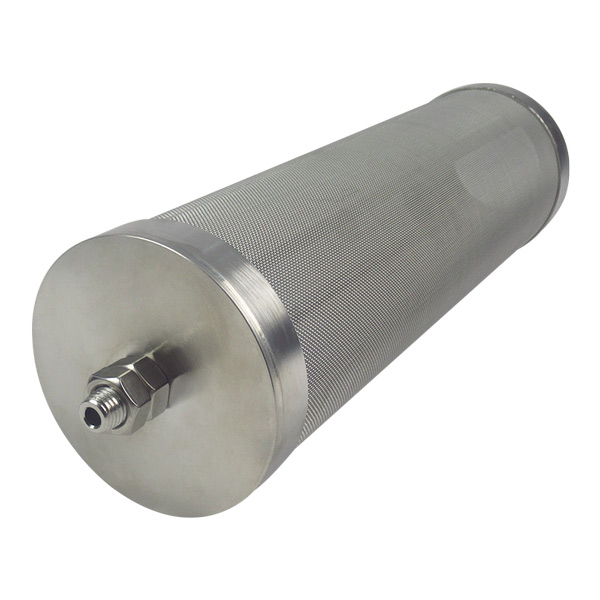
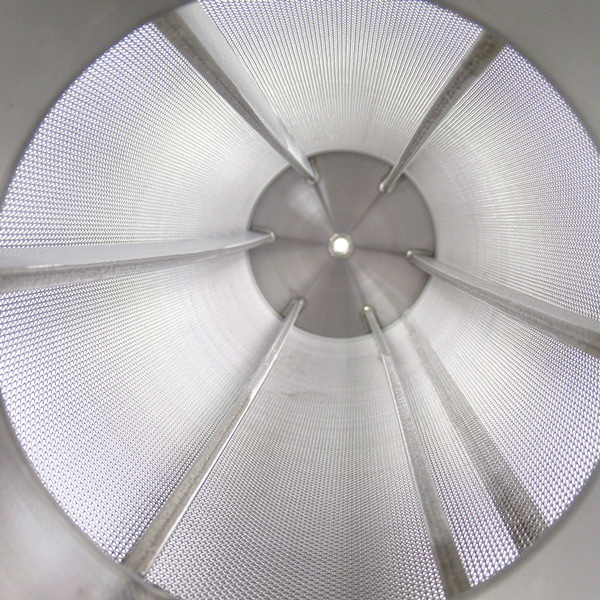
ADVANTAGESHuahang
1. High filtration efficiency: The stainless steel mesh filter has a small filtration aperture, which can effectively remove impurities and particles in liquids or gases, ensuring the purity of the fluid.
2. Corrosion resistance: The material of the stainless steel mesh filter is stainless steel, which has good corrosion resistance and can be used in harsh environments, such as acid and alkali liquid filtration.
3. Easy to clean: The stainless steel mesh filter element can be reused, easy and convenient to clean, and can be used multiple times.
FAQ
HUAHANG
1. Special design can achieve an effective filtration area of 100%;
2. Each component adopts a seamless fusion method, which solves many problems that originally existed in use and ensures safety;
3. The design adopts a metal folding frame, which can be reused and replaced;
4. The density of the filter material shows an increasing structure, achieving high efficiency, low resistance, and large dust capacity;
Special design can achieve an effective filtration area of 100%;
2. Each component adopts a seamless fusion method, which solves many problems that originally existed in use and ensures safety;
3. The design adopts a metal folding frame, which can be reused and replaced;
4. The density of the filter material shows an increasing structure, achieving high efficiency, low resistance, and large dust capacity;
Differences between 304 & 316 stainless steelHuahang
1. Chemical composition. 304 stainless steel is mainly composed of iron, chromium, and nickel, while 316 stainless steel contains an additional 2% to 3% molybdenum on this basis, which is the most significant difference between the two materials. forty-six
2. Corrosion resistance. 316 stainless steel performs better in resisting chloride corrosion due to the addition of molybdenum element, especially in chloride environments such as seawater or saline solutions. The corrosion resistance of 316 stainless steel is better than that of 304. thirteen
3. Strength. The strength of 316 stainless steel is slightly higher than that of 304. one
High temperature resistance. 316 stainless steel usually exhibits more stability and better heat resistance at high temperatures. thirty-five
4. Magnetism. 316 stainless steel is usually non-magnetic.
5. Application field. 304 stainless steel is widely used in the fields of kitchenware, building materials, and automotive components due to its good versatility and low cost. 316 stainless steel, due to its superior corrosion resistance, is commonly used in highly corrosive environments such as marine engineering, chemical equipment, medical devices, and implants








 Shay
Shay